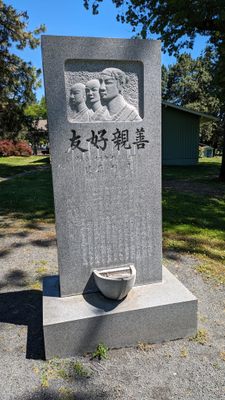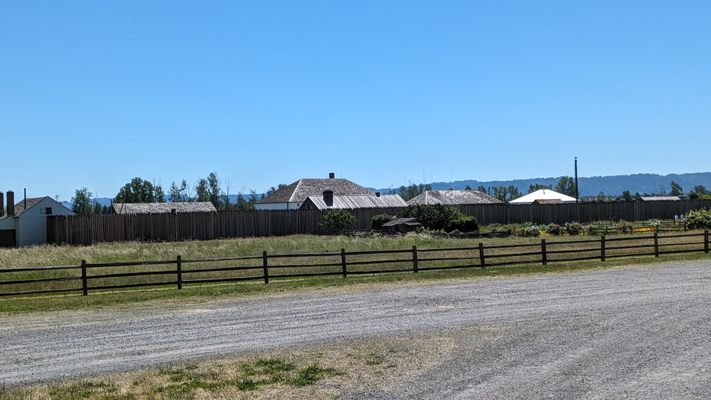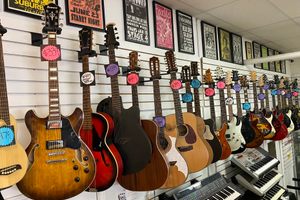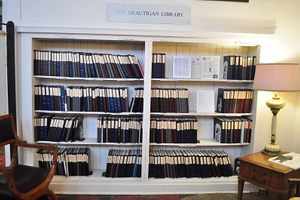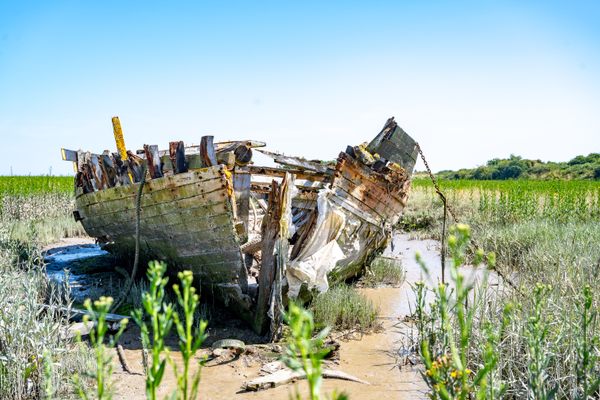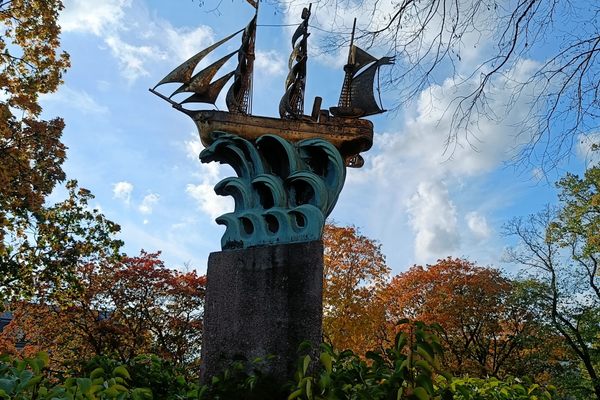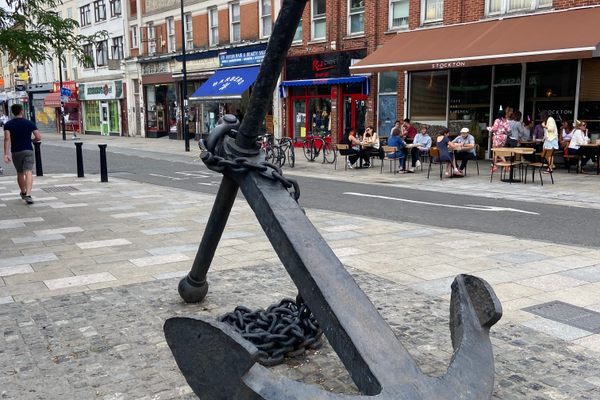About
Fort Vancouver, the headquarters of the Hudson's Bay Company in the disputed Oregon territory, was at one point highly cosmopolitan. Staffed by English, Scottish, Irish, and Hawaiian laborers, it was frequented by French-Canadian traders and visited by representatives from Indigenous tribes across the region. In 1834, it was even home to citizens of Japan, which, at the time, was one of the most isolated countries on Earth.
On October 11, 1832, a ship named the Hojunmaru left port at Onoura (now in Mihama) on a trip to Edo (now Tokyo), loaded with rice and chinaware. At the time, Japan followed a policy of sakoku, or total isolationism. Foreigners were generally not allowed to enter the country, and the Japanese people were not permitted to leave. Those Japanese who did leave were considered contaminated by foreign influence and not permitted to return. To this end, ships were designed to be able to travel only in coastal waters. So when a storm blew the Hojunmaru into the open waters of the Pacific, the rudder snapped and left the crew with no way home.
They survived on the rice in their cargo, rainwater, and possibly seagulls and desalinated seawater. The ship drifted across the Pacific until running aground at Cape Alava, now the westernmost point in the United States. Having been at sea for 14 months, 11 of the 14 crew members had died, leaving just three survivors: navigator Iwakichi, and teenage cooks Kyukichi and Otokichi.
The “three Kichis,” as they would come to be called, were discovered by the Indigenous Makah people. The Makah held the castaways as captives in their village, until a report of “Chinese sailors” reached the Hudson's Bay Company. John McLoughlin, superintendent of the HBC’s Columbia district, ordered the castaways to be ransomed from the Makah and brought to Fort Vancouver. The castaways were taught English in hopes that they could one day spread Christianity and open trade with Japan.
McLoughlin sent the three Kichis to London with a letter to try to convince the Hudson's Bay Company to use the castaways to open trade with Japan. Neither the company nor the British government thought much of this plan. The HBC sent a letter to McLoughlin reprimanding him for not sending the castaways to Hawai'i and informing him that the Crown was not “disposed to open a communication with the Japanese government thro [sic] the medium of three shipwrecked Seamen.”
After a short tour of London, the castaways were sent to Macau, and then to Japan for repatriation. Their ship was met with cannon fire, first in Edo, and then in Kagoshima. The three Kichis resigned themselves to a new life in China, working as translators for the British. Only Otokichi would ever be offered the chance to move back to Japan, after helping to negotiate the Anglo-Japanese Friendship Treaty of 1854. He chose instead to stay with his family in Shanghai.
In 1989, a Boy Scout troop from Hyogo Prefecture donated a stone monument to Fort Vancouver in honor of the castaways. Emblazoned with the word “friendship,” it was dedicated on a rainy August day, attended by the governor of Hyogo and 50 Japanese Boy Scouts. It can be found next to the visitor center of Fort Vancouver National Historic Site.
Related Tags
Published
November 29, 2024

